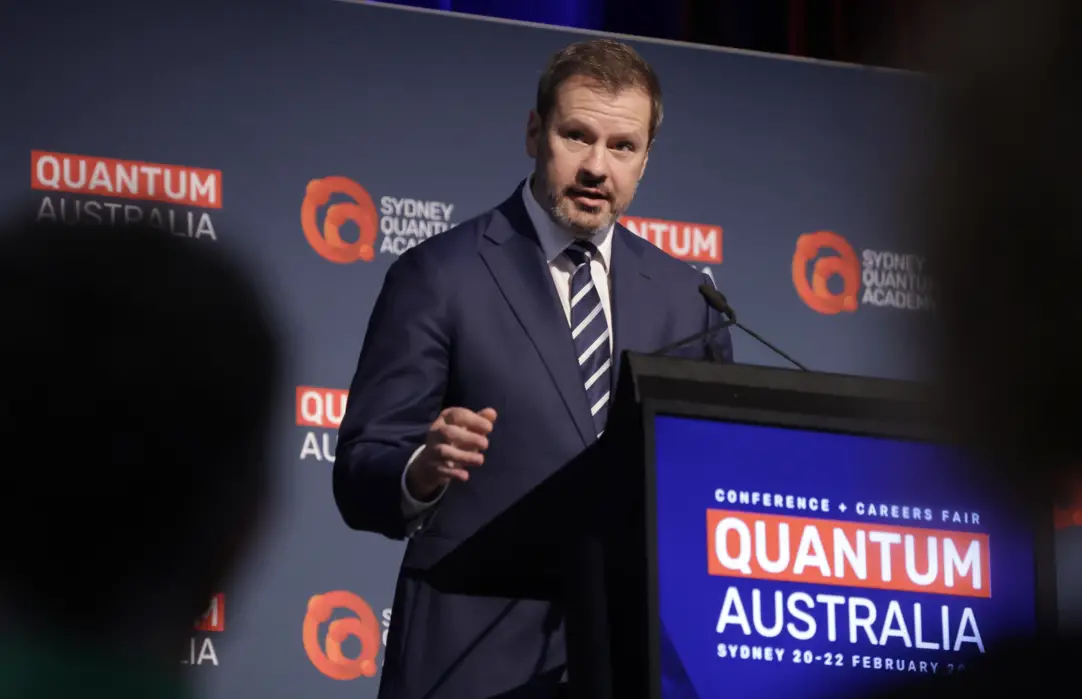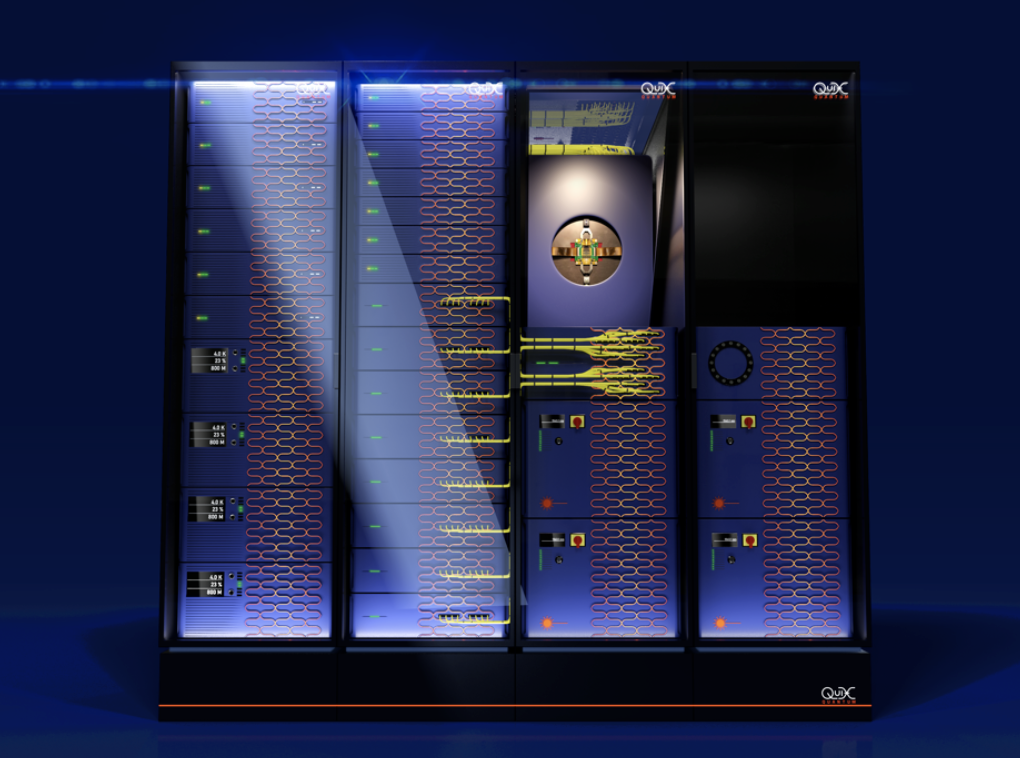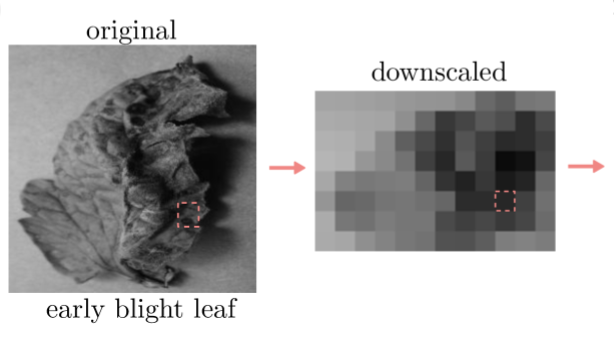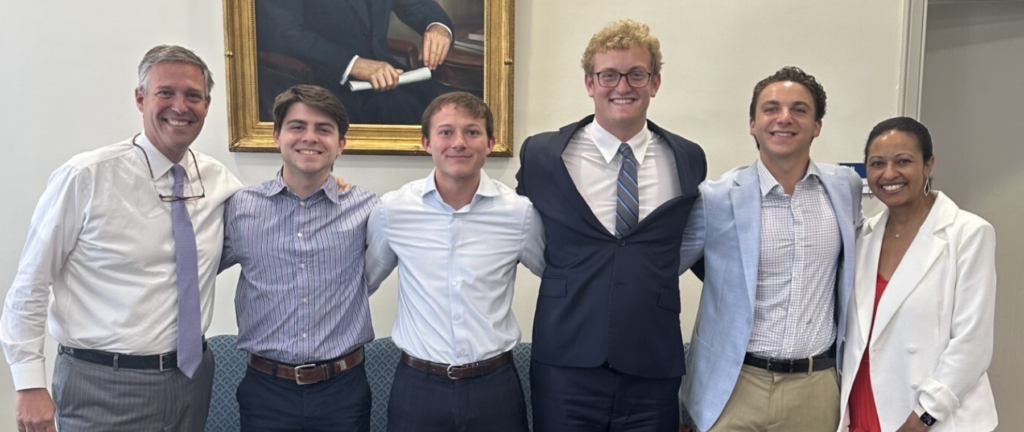Insider Brief
- Quantum Australia 2024 was a great success, organizers and attendees report.
- There were over 600 delegates at the conference and careers fair, 17% of attending delegates traveled from overseas.
- Critical Quote: “I’m absolutely adamant we should make the rest of the world come to us and recognise what we are doing here. We want companies choosing Australia as the destination that doesn’t just seed brilliant ideas, but has the resources to grow them here. We can build something great, but it will take sustained effort and focus which is what we are determined to do.”– the Hon Ed Husic MP
PRESS RELEASE — THERE WAS A REAL buzz at Quantum Australia 2024 conference: the panels had diverse representatives from four corners of the globe, international heavy hitters appeared in person to deliver scintillating talks, and the networking between sessions was frenzied.
It seemed like for those three days, the quantum world was centred on Australia. There was a real sense that quantum’s time had truly arrived Down Under – and business was ignoring the hype and preparing for the days when powerful, real-world applications arrive.
“Australia’s flourishing quantum research community, already highly regarded internationally, is increasingly networked with industry and showing business acumen with global reach,” said Prof Peter Turner, CEO of Sydney Quantum Academy, on opening the conference. “Gatherings like Quantum Australia can help spur even more innovation, and further deepen the amazing talent pool we rely upon to make the future happen.”
Australia’s Minister for Industry and Science, the Hon Ed Husic MP, delivering the keynote on the second day, praised the growing confidence of the sector and the impact of the conference and its “impressive array of speakers, panellists, and distinguished guests from Australia and around the world. Look how far we’ve come.

“I’m absolutely adamant we should make the rest of the world come to us and recognise what we are doing here. We want companies choosing Australia as the destination that doesn’t just seed brilliant ideas, but has the resources to grow them here,” he added. “We can build something great, but it will take sustained effort and focus which is what we are determined to do.”
There were over 600 delegates at the conference and careers fair, held 20-22 February at the spacious Winx Stand of the Royal Randwick Racecourse in Sydney.
Among attending delegates, 17% came from overseas – with a record 39 from the UK, 29 from the United States and 15 from Singapore. Almost a third of delegates were women. Just over half of delegates came from industry and government, while 44% were from academia – both researchers and students.
When it came to the 60 speakers and panellists – of whom more than 40% were women or non-binary – a third were from industry, a third from academia and 25% from government.
Among them were Dr Dimitri Kusnezov, Under Secretary for Science and Technology at the U.S. Department of Homeland Security, who was in the country to explore quantum technology collaborations for national security, critical infrastructure, and technological leadership.
“Ideas are everywhere,” he told a panel on global partnerships chaired by Prof Michelle Simmons, CEO of start-up Silicon Quantum Computing and 2023 winner of the Prime Minister’s Prize for Science. “Trying to find the right place to pull what you need requires you to look broadly.”
In the same panel, Australia’s Chief Scientist Dr Cathy Foley said it was amazing how far the global sector had come in just a few years. “It’s exciting to have shifted from talking big picture – about awareness raising and opportunity – to now talking specifics … We are restricted only by our imaginations in how quantum tech will reshape the world.”
The head of quantum technologies at the peak research funder UK Research and Innovation, Roger McKinlay, said the UK had “spent £1 billion over the last 10 years building quantum capacity. That’s the kind of early commitment needed.”

Prof Sir Peter Knight, Chair of the Strategic Advisory Board of UK National Quantum Technology Program – now buttressed with a further £2.5 billion – said the time had come for governments to not just rely on grants but actually buy quantum technologies if they want to build the industry in their countries.
“What we’ve done … over the past decade is try to work out how we transfer the insights from a great science community into things that are going to have an economic and societal value,” and now it was time to actually deliver, he told delegates in his talk. “Nothing is as effective as procuring from a company, to actually buy a product.”
One of the conference sponsors, NEC Australia, announced the launch of quantum technology services for the Australian market, featuring cloud access to quantum computing and consultancy services in partnership with Canada’s D-Wave Quantum Systems Inc. D-Wave has pioneered implementations of quantum annealing – a specialised form of quantum information processing that can tackle problems in optimisation and sampling.
“We’re pushing away from experimentation to operational use of quantum,” Murray Thom, Vice President of D-Wave, told delegates. “Commercially available quantum computing can navigate increasingly large datasets to find solutions to real-world problems today.”
Another launch was what was claimed as the world’s first consumer quantum product: a hand-held 30-qubit quantum computer emulator known as Quokka, unveiled by A/Prof Chris Ferrie of the Centre for Quantum Software and Information at the University of Technology Sydney and co-founder of Quokka’s manufacturer, Eigensystems.
Designed primarily as an education tool, it connects with devices like smartphones and laptops and emulates a 30-qubit quantum computer, accepting instructions in various quantum programming formats and returning the results. The company expects to start shipping units later this year.
A partial focus this year was the growing demand for quantum solutions from the defence sector. Along with U.S. Homeland Security’s Dr Kusnezov, defence presenters included Andrew Seedhouse, Chief of Cyber Intelligence & National Security Divisions at Australia’s Defence Science and Technology Group (DSTG); Prof Andre Luiten, Managing Director of Adelaide-based quantum sensing and defence start-up QuantX; Dr Giuseppina Dall’Armi-Stoks, Research Leader Electro Optics Sensing and Electromagnetic Warfare at DSTG; and Prof Brant Gibson, Deputy Director of the Sir Lawrence Wackett Defence and Aerospace Centre at RMIT University.
Another was Prof Emily Hilder, Head of the new $3.4 billion Advanced Strategic Capabilities Accelerator (ASCA) at DSTG. She told delegates that quantum technologies offered attractive opportunities in defence applications: the accelerator has received 179 submissions for funding for new defence-focused research – more than two-thirds were for quantum technologies, and evenly split between industry and universities.
“We had an incredible response from industry, as well as the response that we would have expected from universities,” Hilder said. “It was really exciting to see the mix where we’re getting responses from small businesses, large businesses, start-ups – a lot of them connected to that really broad research and development base we have in Australia.”
The three-day conference was packed with engaging sessions, with nine talks and 15 panels. Among the standouts was a keynote address by Dr Stephanie Simmons, founder of Canada’s Photonic Inc which is building a scalable, fault-tolerant quantum computing and networking platform based on photonically linked silicon spin qubits. She’s also co-chair of the advisory board to Canada’s National Quantum Strategy, and a former a research fellow at UNSW under Prof Andrea Morello.
“People are excited,” said Simmons. “We have full tolerance emerging, we’ve got error-correction demonstrations – finally we’ve arriving at meaningful quantum computing. But I don’t think we’re quite there yet. I think there’s another phase we need to reach – and that’s networked quantum computing.
“Once we’re working with networked quantum systems, that is where real commercial value will live. We’ll be able to tackle all the moon-shot applications.”
ABOUT SYDNEY QUANTUM ACADEMY
Sydney Quantum Academy is a joint initiative between University of Sydney, UNSW, Macquarie University and the University of Technology Sydney, supported by the State Government of New South Wales. Its vision is to build Australia quantum economy by connecting academia, industry, and government; providing training and support for the next generation of quantum talent; and harnessing Sydney’s considerable collective expertise.
If you found this article to be informative, you can explore more current quantum news here, exclusives, interviews, and podcasts.




















